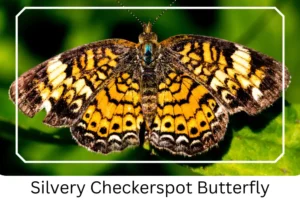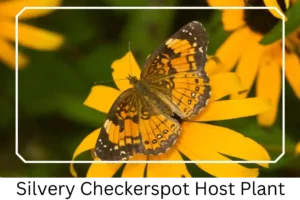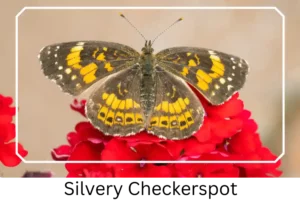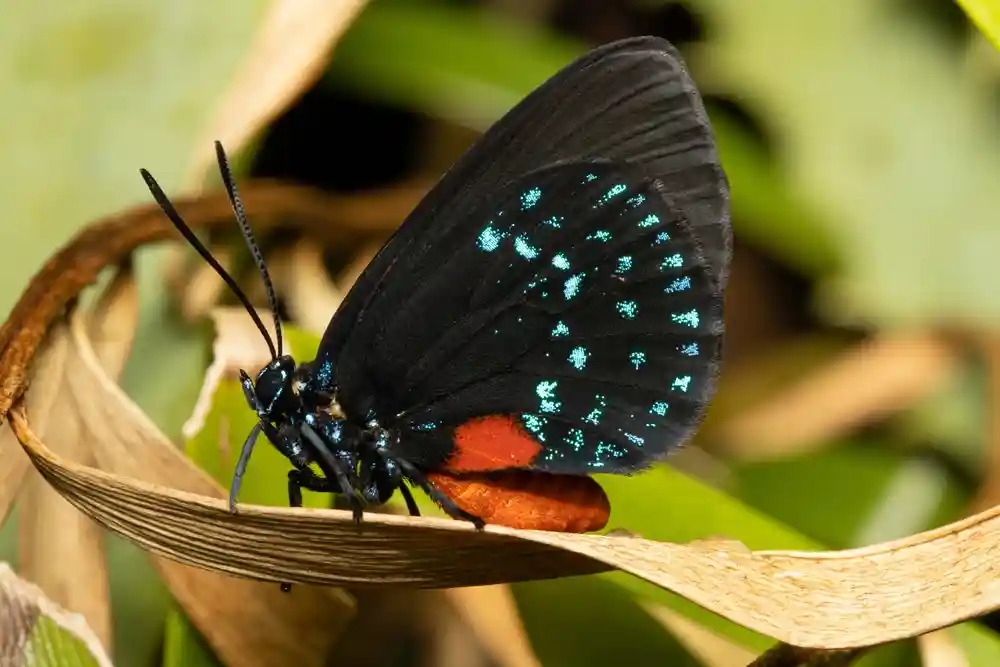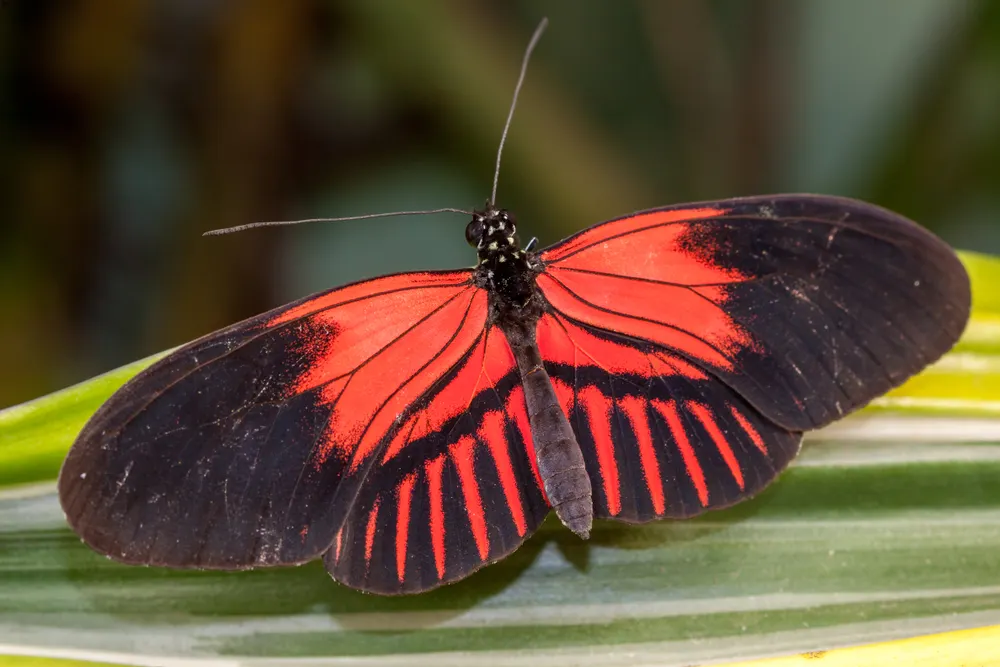Silvery Checkerspot (Chlosyne nycteis)
The Silvery Checkerspot butterfly is a captivating species known for its distinctive black-and-orange patterns and presence across various regions of the United States and Canada. As a member of the Nymphalidae family, it exhibits unique characteristics that set it apart from other butterfly species, making it a subject of interest for both researchers and butterfly enthusiasts alike.
Scientific Classification
- Family: Nymphalidae
- Genus: Chlosyne
- Scientific Name: Chlosyne nycteis
Overview
This butterfly species thrives in a range of habitats and demonstrates fascinating behaviors and life cycle stages, from its visually striking caterpillar form to its elegant adult stage. Understanding the Silvery Checkerspot’s biology, behavior, and conservation status provides valuable insights into the biodiversity of the regions it inhabits and the ecological roles it plays within its ecosystem.
Description and Identification
Caterpillar
The caterpillar stage of the Silvery Checkerspot is notable for its black base color adorned with dusted white spots. Some may also feature one or two yellowish-orange stripes along their sides, adding to their distinctive appearance.
Pupa
Transitioning into the pupa, or chrysalis, stage, these creatures develop a white to cream-colored casing, accented with yellowish or orange protrusions and black markings in orderly rows, heralding the transformation into their adult form.
Adult Butterfly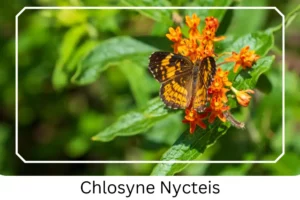
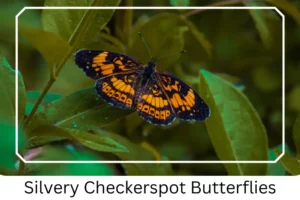
Sexual Dimorphism: In adults, females display darker wing coloration compared to males, with paler median spots. Additionally, males are distinguished by black knobs on their antennae, a feature absent in females.
Color and Appearance: The adult butterfly’s wings, when open, reveal a faint yellowish-orange hue with unique black markings and borders. The ventral side mirrors this pattern in a paler tone, while the dorsal side of the hindwings showcases sub-marginal spots and stitched-like white borders.
Average Wingspan: These butterflies boast an average wingspan ranging from 1⅜ to 2 inches (3.5 – 5.1 cm), allowing for considerable variation within the species.
Flight Pattern: The flight pattern of the Silvery Checkerspot is erratic and varies by region, contributing to their unpredictable and fascinating nature.
Eggs
The eggs are white to pale green, laid in clusters of around 100 on the underside of host plant leaves, ensuring the next generation’s survival.
Quick Facts | |
| Distribution | Found from southern Canada to south of Georgia and Texas, including the Gulf Coastal Plain. |
| Habitat | Prefers humid, open areas such as meadows, stream sides, or forest openings. |
| Lifespan of Adults | Estimated to be about 6 to 9 months. |
| Host Plants | Utilizes a variety of plants including black-eyed Susan, sunflowers, and wingstem. |
| Adult Diet | Feeds on nectar from flowers like red clover, common milkweed, dogbane, etc. |
How to Identify Silvery Checkerspot Butterfly?
Identifying a Silvery Checkerspot butterfly can be an engaging activity, thanks to its unique coloration and patterns. Look for the characteristic black-and-orange color scheme on the wings. The presence of sub-marginal spots and distinctive borders resembling a white stitch on both sides of the wings are telltale signs. The sexual dimorphism in color and antennae between males and females can also aid in identification. Observing their erratic flight patterns and preferences for certain flowers and plants can further confirm their presence. This knowledge not only enriches outdoor experiences but also contributes to the appreciation and conservation of these beautiful insects.
Did You Know?
- Silvery Checkerspots exhibit an investigative and sometimes aggressive demeanor, not hesitating to approach moving objects or explore human activities.
- They display territorial behaviors, with males actively chasing away rivals from their domain.
- This species has been observed to exhibit unique mating behaviors, such as unreceptive females signaling disinterest by keeping their wings closed.
- Moreover, the Silvery Checkerspot has unfortunately been eradicated in Connecticut, highlighting the importance of habitat preservation and species conservation efforts to prevent further losses.
Conclusion
The Silvery Checkerspot butterfly is not just a beautiful insect; it’s a fascinating subject for study and observation. Its life cycle, behaviors, and the ecological role underscore the complexity of nature and the importance of biodiversity. By learning about and appreciating these creatures, we can foster a deeper connection with the natural world and contribute to the conservation of vital habitats and species for future generations.

